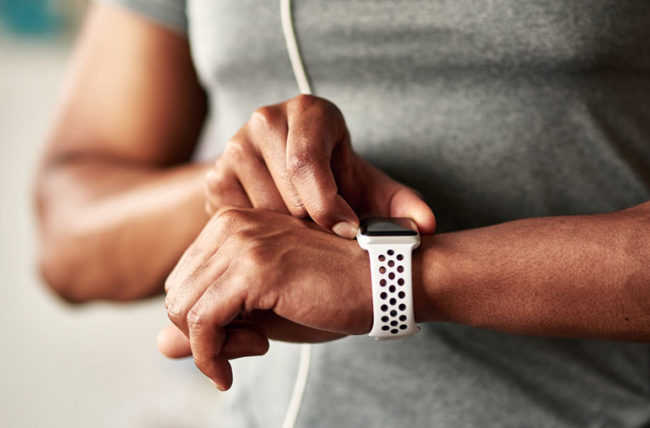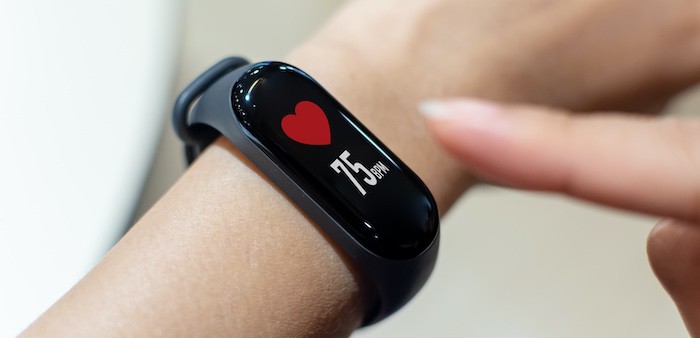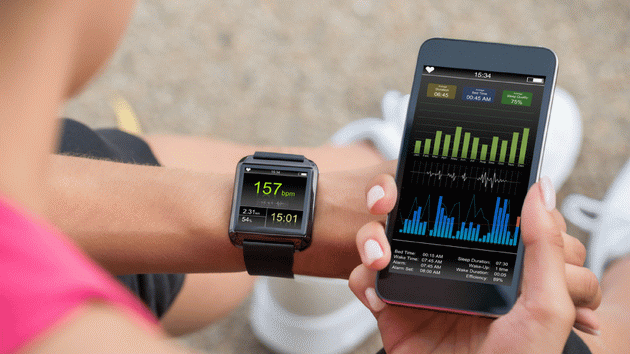
Heart rate monitoring for beginners
Heart rate monitoring will make your workouts more effective, and at the same time will help you track your progress and progress!
If you are new to training, or if you are just starting to train for results – you want to get faster, run longer, or just better – you probably do not monitor your heart rate. I’m sure you know your mileage, but do you know its intensity? Heart rate training can help you keep track of your intensity and help you take your fitness to the next level.
So that you have a basic knowledge of heart rate training, let’s start with some basic rules for estimating heart rate.

Know your heart rate zones
A formula isn’t the best way to calculate heart rate for each zone, says Sally Edwards, a former professional track and field athlete who has participated in many Ironman marathons and triathlons and has written 24 books on heart rate. The formula is not always 100% accurate, but you can use it as a starting point: your maximum heart rate (MHR = maximum heart rate per minute) = 220 minus your age.
Edwards believes that it is necessary to collect as much practical data as possible, and only then determine for yourself five heart rate zones (also known as zones 1-5):
- maximum intensity zone (90-100% of MHR)
- high-intensity zone of intensity (80-90% of MHR)
- medium intensity zone (70-80% of MHR)
- low intensity zone (60-70% of MHR)
- light intensity zone (50-60% of MHR)
Of course, you spend the least amount of time in the maximum zone, while light and low intensity are the heart rate zones that you use for most of the kilometers you run.
Typically, people prefer to run in low to high heart rate zones and almost completely avoid the maximum and light zones. Sally Edwards came to such conclusions, and she believes that the situation needs to be changed. The best training regimen combines comfortable and easy recovery from high-intensity intervals, but it’s better not to stay in the medium-intensity heart rate zone for long periods of time.
Find the app and analyze the data
Recording your heart rate is just the first step to heart rate training. The next step is to analyze and evaluate the obtained data, independently or with the help of a trainer. Monitoring your heart rate at every workout lets you know if your workout program is truly effective. Use apps like MapMyRun or UA Records to capture real-time data and keep track of all your workouts.
When analyzing data, look for trends:
- As your fitness level increases, your speed should increase in all zones.
- For example, in July, you could run a mile and a half in 10 minutes at a heart rate of 140 per minute. In September, with the same 140 strokes, you should cover the distance in 9 minutes.
- If you want to develop endurance, you need to be able to stay in each heart rate zone longer.
- For example, in July, you could be in a low intensity zone for 30 minutes of running, and only after half an hour, your heart rate began to rise. In September, you can stay in this zone for 43 minutes.
The heart rate monitor matters

The heart rate monitor should be unobtrusive, as if it forms one whole with you. Wrist-based fitness trackers are often not very accurate during exercise, so do your own research before buying. If the chest straps are itchy, crushing, or just uncomfortable, look for another device.
Define goals
This will seem obvious to many, but the specifics of training depends on your goals. Heart rate monitoring helps you control the intensity. If you are a seasoned runner aiming for a 5K personal best, you should focus on short workouts in your maximum or high-intensity heart rate zones.
If you are preparing to run your first marathon, stay in light and low-intensity zones, but gradually increase your training volume. If you want to run longer than before, it is best to increase the intensity or volume, but not all at once, as this increases the risk of injury.
Don’t worry about burning fat
Each heart rate zone burns fat, Edwards points out. While you exercise, you burn calories. Focus on sticking to your workout program and eating a complete, protein-rich meal that is low in processed carbs after your run . The best fat loss results come from controlling your diet rather than monitoring your heart rate during a two-hour run, after which you eat a donut.
Train more in zones 1 and 5, less in zone 3
As noted earlier, the most effective way to develop speed and endurance is by varying the intensity. To get started, take some time to slow and easy jogging; they will teach your body to be efficient and not deplete muscle glycogen stores. Then take time to work fast and as hard as possible to get the muscles to grow and adapt to the high speed. Training in the gray zone of medium intensity does not give great results, but if you like this pace, allow yourself to train periodically and so. As long as you do quality workouts, you are on the right track.

Calculated doesn’t mean soulless
You may have started exercising and running to get your body in shape or get ready for a race, but for most of us, running ends up being fun. Don’t let continuous heart rate monitoring spoil your enjoyment. Watch your heart rate, but listen to your heart too. Continue to enjoy running, and if logging metrics in programs and apps keeps your mind busy – and you don’t have a big goal or competition ahead – try taking a break. Most likely, after a while you will begin to miss this feedback, and you will put on the heart rate monitor again, but this time with pleasure!
